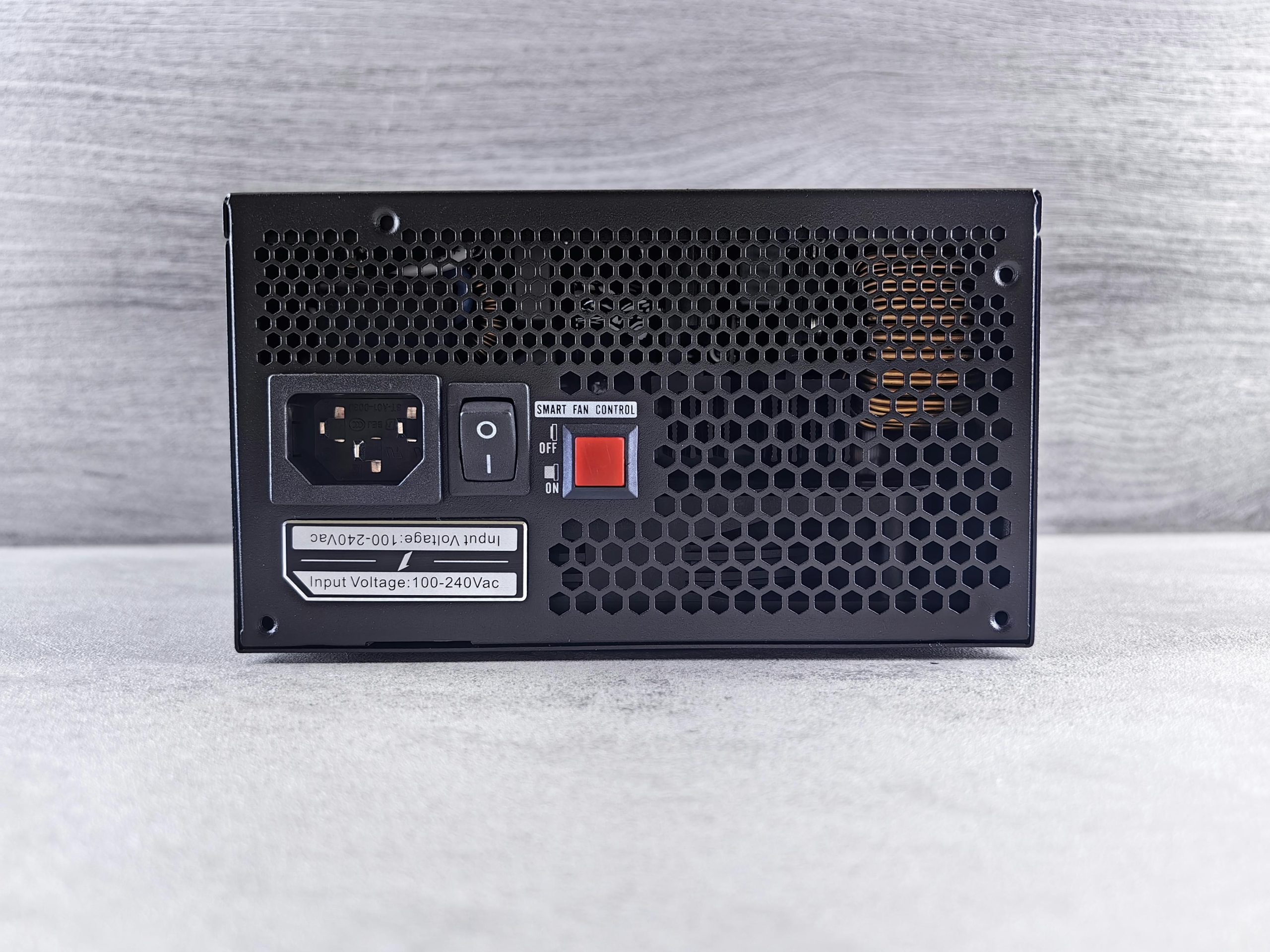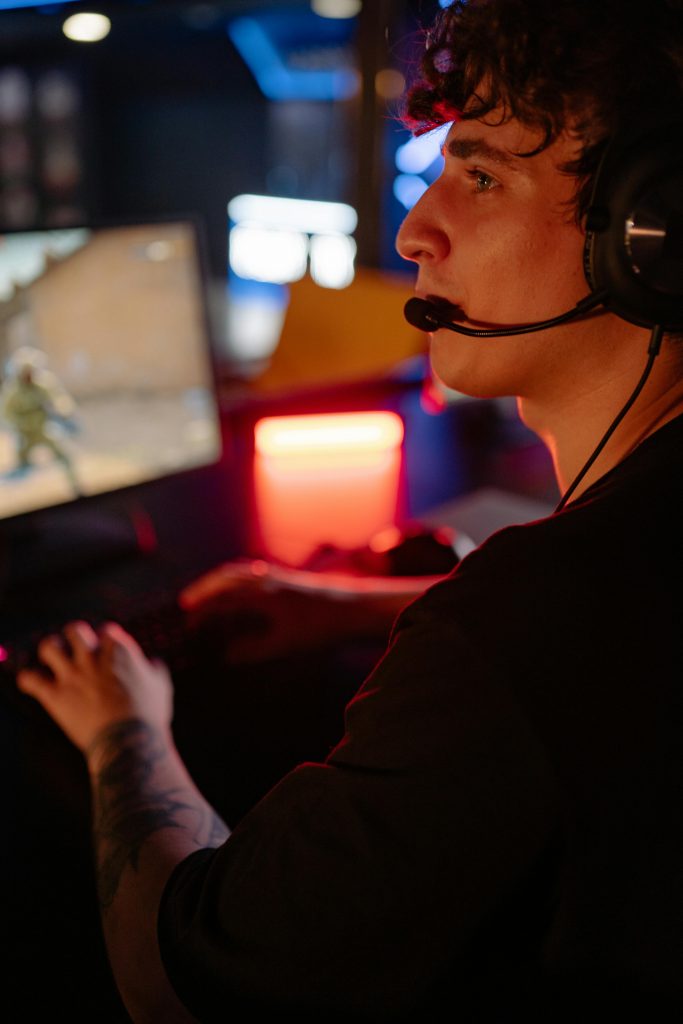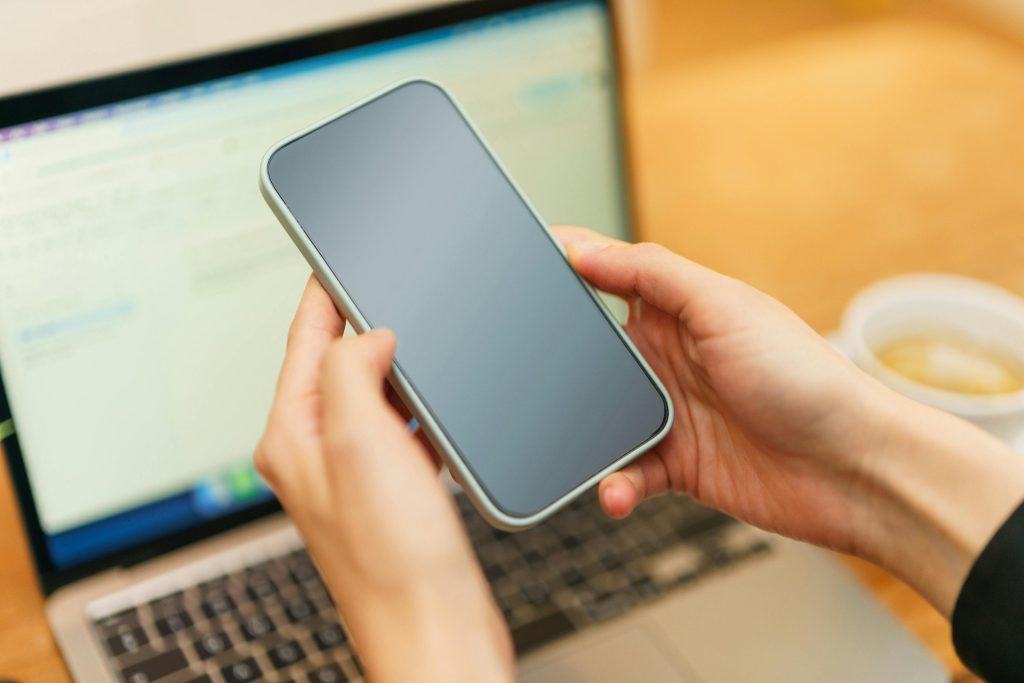Troubleshooting Windows 10: Addressing Internet Connectivity and DisplayPort Issues
If you’re experiencing problems with your freshly installed Windows 10, particularly concerning internet connectivity and display functionality, you are not alone. Many users face similar challenges, but fortunately, there are ways to troubleshoot and resolve these issues.
Connectivity Quagmire: No Wireless Internet Detected
One of the most frustrating issues you may encounter is the inability to connect to Wi-Fi. Despite being a brand new installation, your system might not recognize any wireless networks. This appears similar to an issue encountered by others, where Windows 10 worked seamlessly on older hardware but faltered on newer setups.
In my case, I found that the network controller displayed a significant yellow triangle, indicating a problem that required attention. A common recommendation from the troubleshooting tool was to connect an Ethernet cable. However, this posed a challenge for me since my router is situated on a lower floor, making a direct connection impractical.
For those facing this connectivity hurdle, it may be beneficial to check the model of your motherboard. In my instance, I’m using a Gigabyte B650 C V2-Y1. Having the right drivers installed is crucial, as they help your system recognize your network hardware and utilize internet connections fully.
To resolve the network controller issue, downloading the latest drivers directly from the manufacturer’s website can often be the most effective solution. If you find navigating through online guides tricky, consider looking for step-by-step video tutorials, which can be easier to follow.
Display Dilemma: DisplayPort Not Working
The second part of my dilemma involves the DisplayPort not functioning despite HDMI working perfectly. This limitation restricts my ability to utilize multiple displays, which is a critical part of my workflow.
If you’re grappling with similar DisplayPort challenges, ensure that your graphics drivers are also updated. Sometimes, an outdated or missing driver can cause display outputs to malfunction. Double-check your display settings to confirm that the correct output is selected.
Utilizing DisplayPort may require changing a setting in your graphics control panel, so don’t overlook this step. Adjusting configurations specific to your graphics card can sometimes resolve connectivity issues with external monitors.
Conclusion
Navigating the post-installation landscape of Windows 10 can be daunting, especially when faced with connectivity and display issues. Taking the time to troubleshoot your network controller and ensuring your drivers are up to date can lead to significant improvements. If problems persist, engaging with community forums or seeking direct assistance from tech support
Share this content:




Dear User,
It sounds like you’re experiencing common post-installation issues with Windows 10 related to network detection and DisplayPort functionality. Here are some detailed steps that might help you resolve these problems:
If you continue to face challenges, consulting the community forums for your specific motherboard and GPU can provide tailored advice. Don’t hesitate